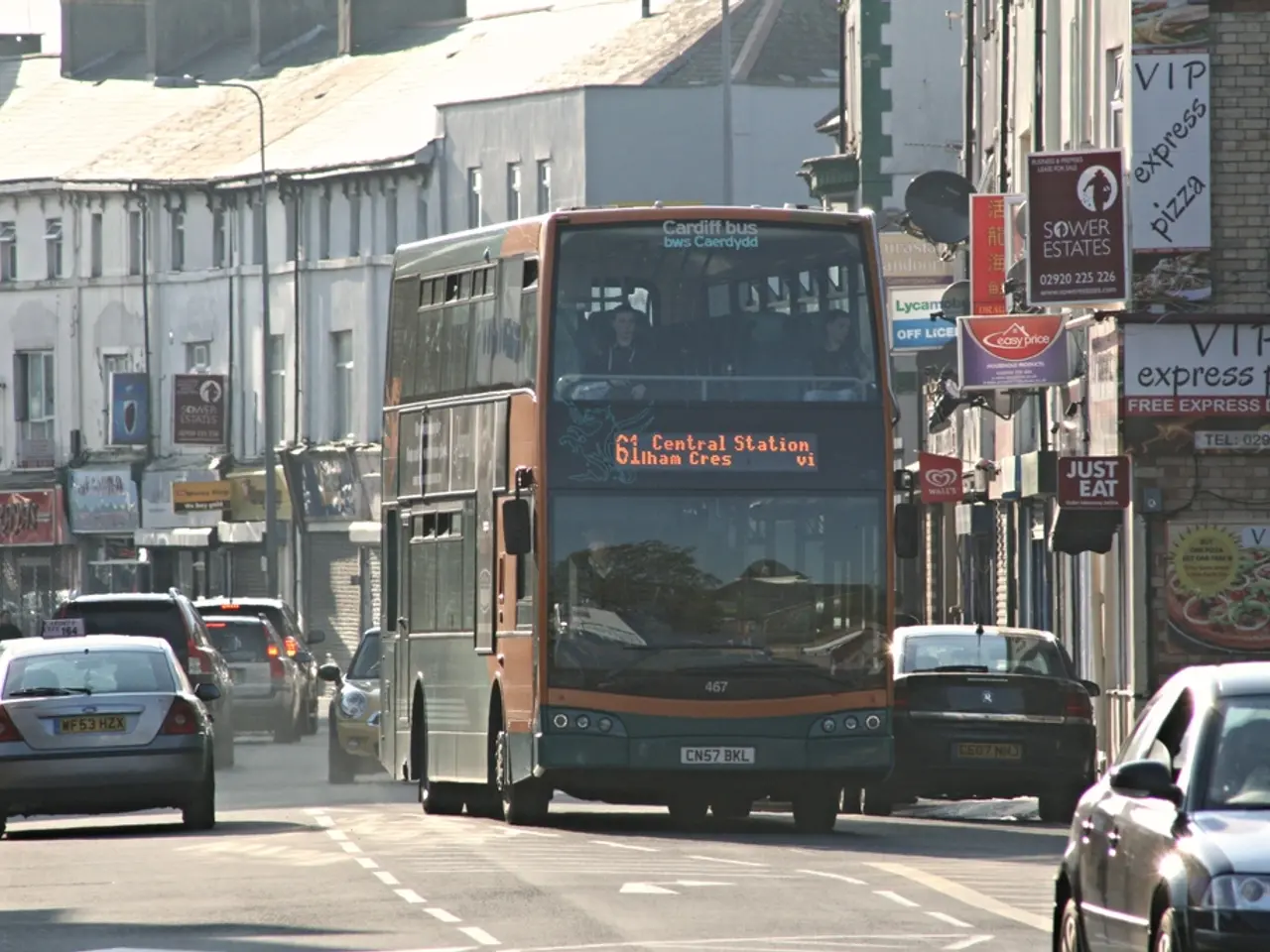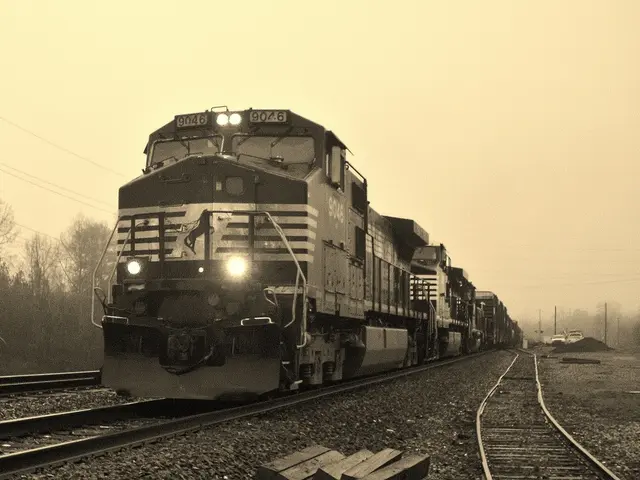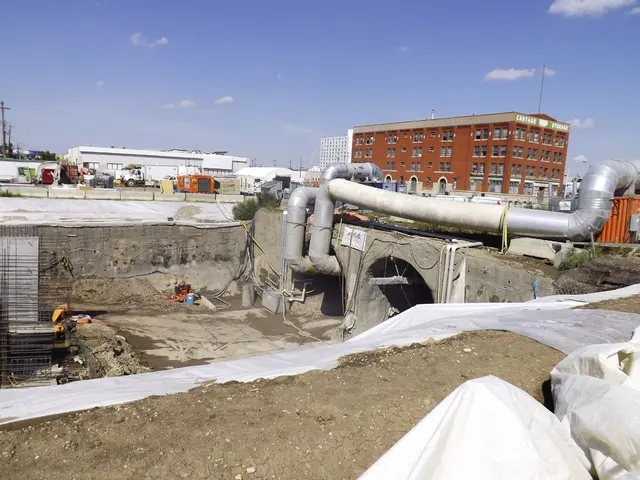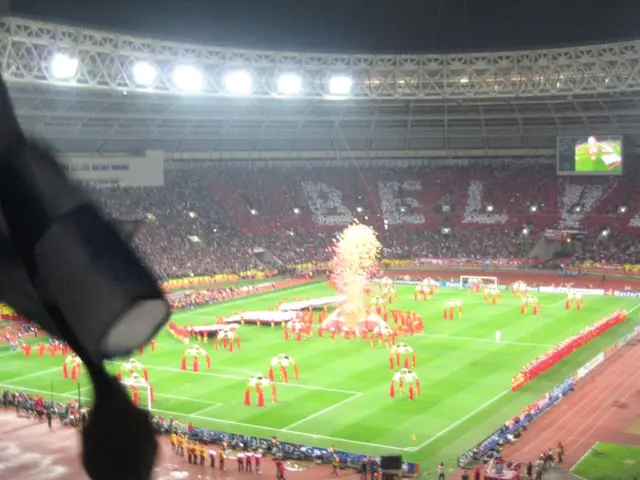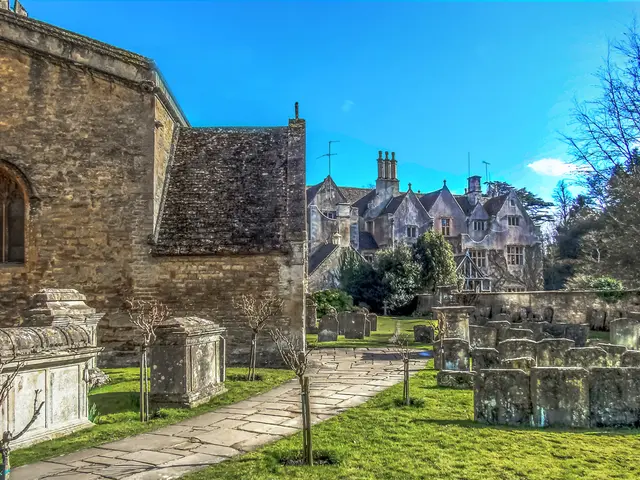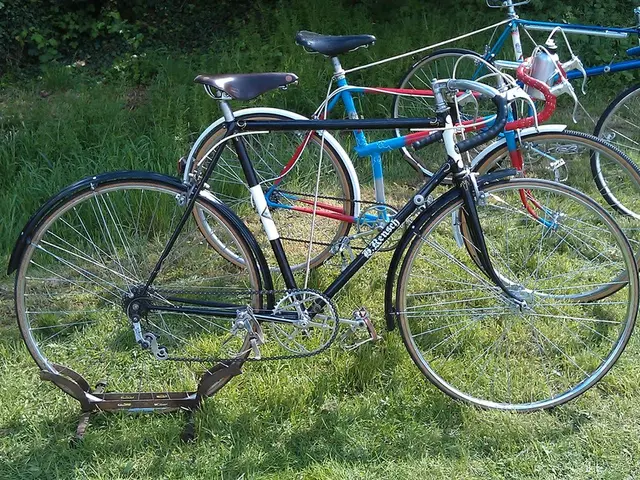Rebuilt charm of Berlin's historical district: the restoration of the Wheat Market
In the heart of Berlin, a transformative project is underway to revitalise the Molkenmarkt, a key part of the city's historical centre. The aim is to create a vibrant work and living space in the city centre, helping to reclaim a piece of Berlin's rich history.
The Senate Department for Urban Development has unveiled detailed plans for the redevelopment and redesign of Molkenmarkt. This marks the beginning of a meticulous planning phase, with the publication of initial development guidelines. The department envisions a significant transformation of the area over the coming years, as part of a phased process starting with planning and public engagement.
The redevelopment will be carried out in five project phases. In Phase 1, the Grünstraße will be relocated and redesigned to accommodate trams and bicycles, running along the Red City Hall and Rathauspassagen. Two new intersection areas will be created as part of this phase.
The historical Molkenmarkt, along with the Nikolaikirche, forms the settlement core of the city. Located between Alexanderplatz and the Spree, the Molkenmarkt has a rich history, once being the intersection of three trade routes.
Comprehensive infrastructure and urban development measures are necessary for the rebuilding of the Molkenmarkt. In Phase 2, new traffic-calmed streets will be built in the future residential and office district, some oriented towards historical street layouts.
Extensive bombing during World War II severely damaged large parts of the Molkenmarkt and the Kloster district. Many buildings that survived the war were demolished in the late 1960s as part of the DDR government's new city centre planning. The construction of the six-lane Grünstraße largely destroyed the remaining historical building structures in the Molkenmarkt area. The oversized "breakthrough" of the Grünstraße from Alexanderplatz to Leipziger Straße made the Molkenmarkt ultimately unrecognizable.
Archaeologists have the opportunity to research in the historical remains found under the now broken Grunerstraße before construction activities begin.
In Phase 3, a four- to six-story perimeter development will be realised along the new main street, housing a mix of office, cultural, and commercial uses. This perimeter development will serve as noise protection for residential areas.
In Phase 4, residential units will be created in the traffic- and noise-calmed inner area of the development zone, with designs still in collaboration with planning offices and citizens.
Many projects that establish a connection to the former Berlin old town are already planned or under construction, such as the reconstruction of the Humboldt Forum, the Parochial Church, and the discussion about the new construction of the Mühlendamm Bridge.
Finally, in Phase 5, public open spaces will be created at three locations in the new district, including around historic church buildings, with roof greening and tree planting planned.
This project is part of a larger effort to breathe new life into Berlin's historical centre, and it's an exciting time for the city as it embarks on this journey of restoration and renewal.
Read also:
- Conflict between Ben & Jerry's co-founder and Unilever over Gaza issues leads to resignation of co-founder
- Deepening EU-India relations despite apprehensions regarding Moscow connections
- Russia Faces Intensified Penalties from the EU: Imports of LNG Could Suffer Negative Impact
- Ben Jerry's co-founder departs in dispute concerned with Gaza conflict and corporate giant, Unilever
